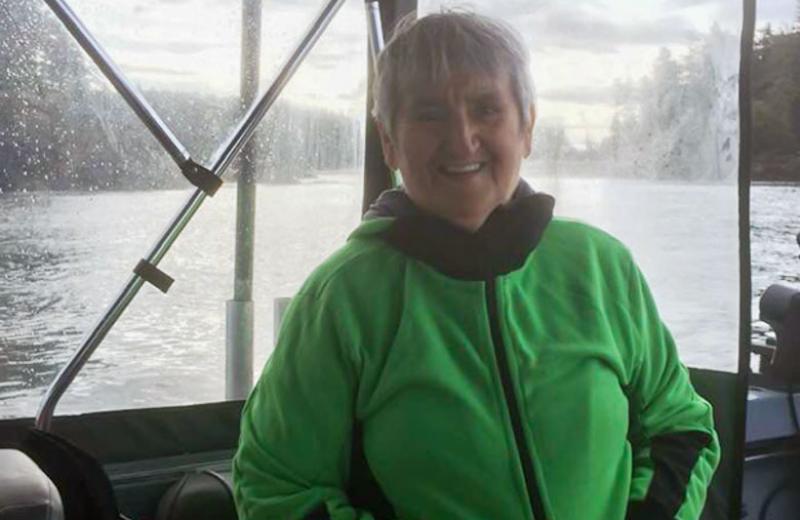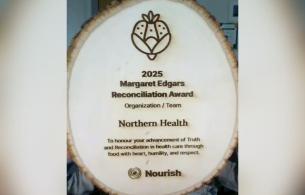Not having enough food to eat affects one in six children living in Canada. This can impact a child’s physical, mental, and social health.
The effects of food insecurity on health
“Household food insecurity” means not having access to food because of inadequate income, and it’s connected to negative health and well-being. Those who experience food insecurity are at an increased risk for health conditions such as diabetes, asthma, depression, and suicidal thoughts [1]. However, amidst these challenges, there are people who are making a difference in building community and household food security.
One Elder making a difference
Elder Semiguul (Fanny Nelson) is from Metlakatla, a First Nations community near Prince Rupert. Metlakatla’s population is about 80 people and it’s only accessible by boat or plane. Semiguul’s parents taught her how to harvest traditional foods (gathering seaweed, digging clams, and picking berries) as well as how to prepare them.
Today, Semiguul regularly takes family and community members with her when she goes harvesting. Back at home, she prepares these foods and teaches others how to prepare them too.
“I teach them to gather and put away enough food to last, so that they don’t have a tough time in the winter months,” says Semiguul.Learning from our Elders
Elders have a lot to teach us about how to live off the land and waters, and about values such as generosity and caring for the environment. Reigniting harvesting strategies that have worked for millennia is called Indigenous food sovereignty. It’s an important part of ensuring community members have access to healthy foods that are sustainable and build community self-reliance (community food security).
First Nations traditional foods
First Nations traditional foods are nutritious and some have been used by Elders for generations.
“My mom told me that black currants would reduce a fever,” shares Semiguul. “I have put a spoon of black currant jam in water and it works. The fever goes down. I also gave seaweed daily to someone who had low iron and it helped.”
Respecting traditional territory and teachings
If you want to gather foods from the land, it’s important to speak with Elders or the local First Nation on whose traditional territory you are on, to learn about respectful food gathering practices. For example, Semiguul shares with children, “only take want you need to last from season to season. Break off the ends of the seaweed and leave it there as it is the seed for next year.”
More food security information
Here are some other programs that are building community food security in the region:
- Northern Environmental Action Team: information on food security ideas and opportunities (e.g. Food Secure Kids program)
- Food Action Network: local community food security work
- Traditional Foods Teaching on Haida Gwaii: IMAGINE grant recipient
- Local Food to School: Haida Gwaii
If you’d like to learn more about household food insecurity, take a look this three-part blog series on household food insecurity:














Comments